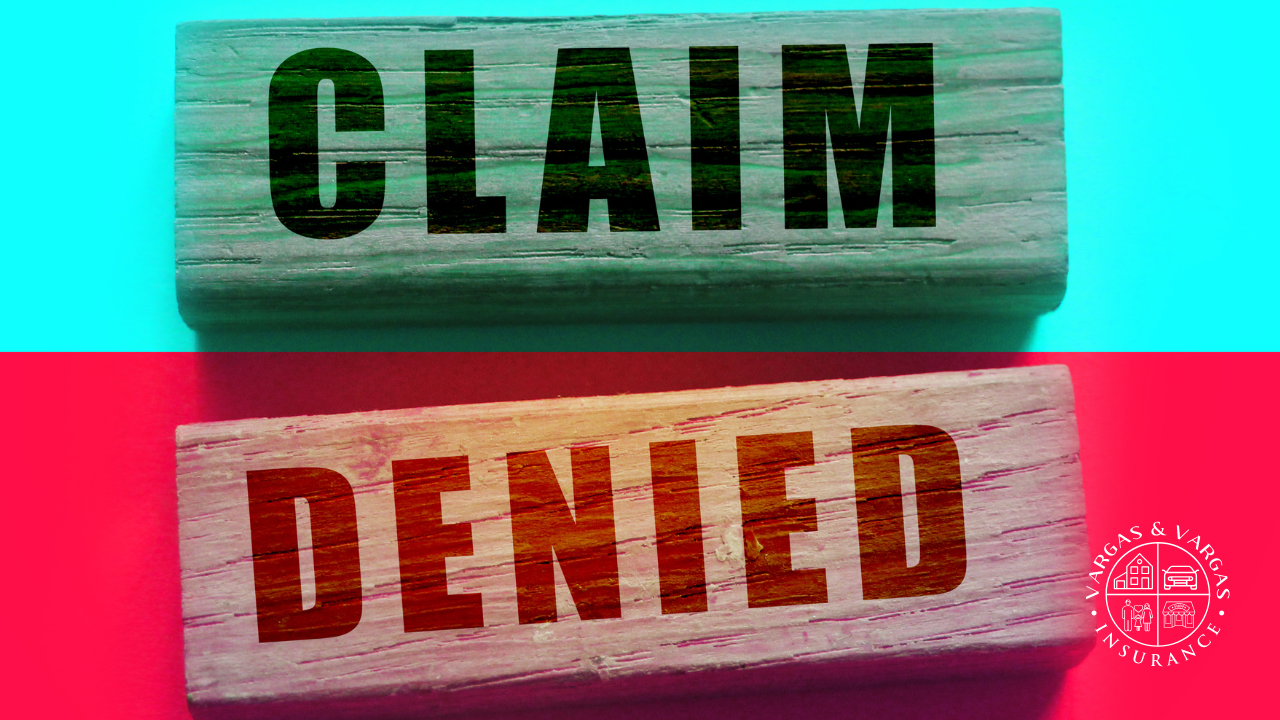Insurance Claim Denied? Here Are Your Options (Fight Back and Win!)

In this post, we'll guide you through the steps to challenge a denied insurance claim — and win. You'll learn why denials happen, what your rights are, and how to utilize available resources, including your insurance broker, to overturn the decision.
By the end, you'll have a clear plan for reviewing your policy, gathering evidence, filing an appeal, and getting expert help to strengthen your case.
Why Claims Get Denied
Insurance claim denials can occur for several reasons, such as:
- Policy exclusions: The damage or loss you're claiming might not be covered under your policy.
- Lapsed coverage: Your policy may not have been active at the time of the incident.
- Incomplete documentation: Missing forms, insufficient evidence, or errors in your claim submission.
- Disputes over cause: The insurer may argue that the loss's cause doesn't meet coverage terms.
- Late filing: Waiting too long to file a claim.
Some denials are legitimate, while others arise from misunderstandings, errors, or overly strict interpretations of policy language — all of which can be challenged.
Understanding your policy, including its exclusions, before a loss can prevent frustration and the negativity often associated with a denied claim. The more you know upfront, the better prepared you'll be.
Step 1: Understand the Denial
When your claim is denied, you'll receive a denial letter outlining the reason. Read it carefully to find:
- The exact policy language cited.
- The insurer’s explanation for why the claim doesn't meet terms.
- Any deadlines for appeal.
Understanding the reasoning will help decide if you have grounds to contest the decision.
Step 2: Review Your Policy
Your insurance broker can assist here. Compare the denial letter with your policy's coverage terms. Sometimes, the insurer’s interpretation is narrower than what the policy states. Check for:
- Coverage definitions that might favor you.
- Ambiguous language — often interpreted to benefit the policyholder.
- Endorsements or riders that may extend coverage.
Step 3: Gather Evidence
The more documentation you have, the stronger your appeal will be. Consider including:
- Photos or videos of damage or loss.
- Receipts or invoices for repairs or replacements.
- Police reports or incident reports.
- Expert assessments or contractor estimates.
Your broker can help organize this evidence to directly address the insurer’s stated reason for denial.
Step 4: File an Appeal
Most insurers have a formal appeal process. Submit your appeal in writing, including:
- A clear statement that you’re appealing the decision.
- The denial letter and your policy for reference.
- Your evidence, organized and explained.
- Any relevant laws, regulations, or policy clauses supporting your claim.
Deadlines are crucial. Missing the appeal window could end your chance to challenge the denial.
Step 5: Get Expert Help
This is where your insurance broker proves invaluable. Brokers work for you, not the insurance company, and they have the experience to:
- Identify weaknesses in the insurer’s reasoning.
- Communicate directly with the claims department on your behalf.
- Escalate the matter if needed, even to regulators.
In some cases, involving an independent appraiser, public adjuster, or attorney may be beneficial — and your broker can connect you with trusted professionals.
Why You Shouldn’t Go It Alone
When your claim is denied, emotions run high. It's easy to overlook important details or deadlines. Your broker acts as a guide and advocate, ensuring that the appeal is thorough, timely, and positioned for success.
Many policyholders don’t realize that brokers can re-open discussions, push for re-evaluation, and negotiate settlements, all without you navigating the insurance company’s bureaucracy on your own.
The Bottom Line
A denied insurance claim isn't the end of the story. By understanding the denial reason, reviewing your policy, gathering strong evidence, and utilizing the appeal process — especially with your broker’s support — you can significantly increase your chances of receiving the coverage you deserve.
Knowing your policy and its exclusions ahead of time will help you avoid unpleasant surprises and equip you to handle disputes confidently.
If your claim has been denied, don’t wait or fight it alone. Get your broker involved immediately. We can review your case, find the best approach, and advocate on your behalf to achieve the outcome you deserve.
📞 Contact us today to discuss your denied claim and start building a winning appeal.
Additional Resources:
- NAIC – How to File an Insurance Complaint
- USA.gov – How to Appeal a Health or Auto Insurance Claim Denial


